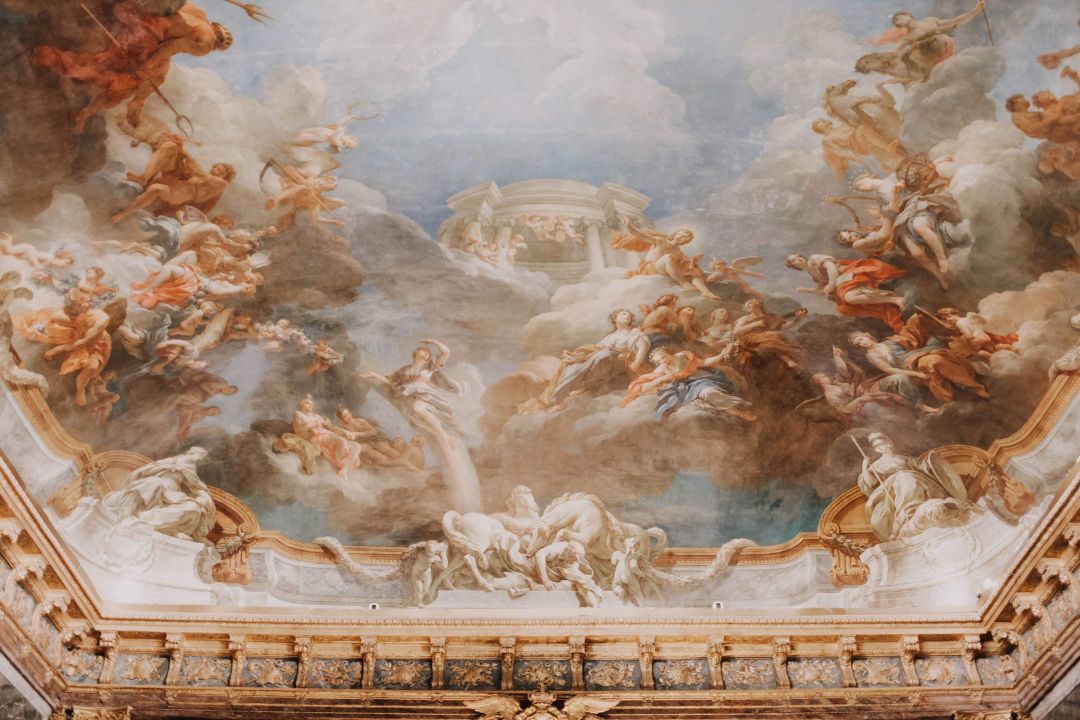The Life, Art, and Legacy of Andywarhella: A Deep Dive into Pop Culture’s Revolutionary Artist
Introduction
Andy Warhol is one of those artists whose name instantly comes to mind when you think of Pop Art. His legacy stretches far beyond the art world, influencing fashion, music, and celebrity culture. But who exactly was Andywarhella, and what made him one of the most iconic and controversial figures of the 20th century? In this article, we’ll explore his journey from humble beginnings to becoming an artistic legend, examining his most famous Andywarhella works, his unique approach to art, and his lasting impact on culture as we know it.
Who Was Andy Warhol?
Andy Warhol was an American artist born on August 6, 1928, in Pittsburgh, Pennsylvania. Known for his role in the rise of the Pop Art movement, Warhol’s approach to art was groundbreaking. Rather than focusing on traditional techniques or high-brow subjects, Andywarhella embraced consumerism, celebrity culture, and mass production, blending fine art with popular culture in a way that had never been seen before. His most famous works included Andywarhella silkscreen prints of everyday objects, celebrities, and commercial products. With a career spanning several decades, Warhol’s work has left an indelible mark on both the art world and popular culture.
The Rise to Fame
The Early Years
Warhol was born to Slovakian immigrants, and from a young age, he showed a deep passion for art. After graduating from Carnegie Institute of Technology in 1949, he moved to New York City to pursue a career as a commercial artist. Initially, he found success as an illustrator Andywarhella for high-profile clients like Vogue, but it wasn’t long before he began experimenting with his own art.
Transition into Pop Art
Warhol’s big break came in the early 1960s, when he began to embrace the concept of Pop Art. His shift from traditional fine art to mass-produced imagery reflected the rise of consumer culture. Inspired by the work of artists like Roy Lichtenstein, Warhol saw potential in turning everyday objects and images, such as Campbell’s soup cans, into high art. This marked the Andywarhella beginning of his journey to becoming one of the most influential artists of the 20th century.
Warhol’s Iconic Works
Campbell’s Soup Cans
One of Warhol’s most iconic works is the Campbell’s Soup Cans series, a piece that forever changed the way people viewed both art and consumerism. By turning a mass-produced, everyday object into a fine art piece, Warhol blurred the lines between commercial products and Andywarhella artistic expression. The repetition of the soup cans, each painted slightly differently, showcased his fascination with mass production, consumerism, and the mass media.
Marilyn Monroe Series
Another key series in Warhol’s portfolio is the Marilyn Monroe series, created after her tragic death in 1962. Warhol used silkscreen printing to create multiple versions of Monroe’s face, each in bright, bold colors, which became a symbol of both celebrity and tragedy. Warhol’s Marilyn Monroe works Andywarhella highlighted his interest in the intersection of fame, beauty, and mortality, themes that would run throughout his career.
The Velvet Underground
Warhol’s connection with The Velvet Underground, a band he discovered in the mid-1960s, marked a pivotal moment in his career. Not only did he manage the band, but he also produced their first album, The Velvet Underground & Nico, featuring the famous banana cover. Warhol’s role in the band’s early days was a testament to his influence on music and his ability to merge the worlds of art, music, and popular culture.
The Warhol Aesthetic
Repetition & Mass Production
One of the defining characteristics of Warhol’s work was his obsession with repetition and mass production. Warhol famously said, “I want to be a machine,” reflecting his fascination with mechanical processes. Through techniques like silkscreen printing, he produced multiple versions of the same image, such as the Campbell’s Soup Cans and the Marilyn Monroe series. This method highlighted the idea of art as a commodity and challenged traditional notions of the artist’s hand and originality.
Celebrity Culture
Warhol’s art often reflected his obsession with celebrity culture. He once remarked, “In the future, everyone will be famous for 15 minutes,” a statement that turned out to be remarkably prescient in the age of social media. Warhol’s works, including portraits of celebrities like Elvis Presley, Elizabeth Taylor, and Jacqueline Kennedy, mirrored the growing obsession with fame and the commodification of individuals. Warhol saw celebrities not just as people, but as cultural products to be consumed.
Controversies and Criticisms
Commercialization of Art
While Warhol’s work was groundbreaking, it wasn’t without its critics. One major point of contention was his commercialization of art. Some argued that Warhol’s art, especially his use of mass production, detracted from the idea of art as an expression of the artist’s personal vision. Others believed that Warhol’s work was more about making money and creating brand recognition than about creating meaningful art. Despite this, Warhol’s ability to blur the lines between Andywarhella commercialism and art helped redefine the boundaries of artistic expression.
Conclusion
Andy Warhol’s contributions to the world of art are immeasurable. From his iconic soup cans to his colorful portraits of famous personalities, Warhol transformed the way we think about art, fame, and consumer culture. Whether you love him or loathe him, there’s no denying his influence on modern culture. His work continues to inspire and provoke discussion, and his legacy remains one of the most fascinating in the history of contemporary art.
FAQs
1. What is the most famous work of Andy Warhol?
Warhol’s Campbell’s Soup Cans is arguably his most famous work, symbolizing his interest in consumerism and mass production.
2. How did Andy Warhol get famous?
Warhol became famous for his unique approach to art, particularly his Pop Art style, which turned everyday objects and celebrities into high art.
3. What did Andy Warhol think about celebrities?
Warhol had a complicated relationship with celebrities. He saw them as cultural commodities, often using their images in his artwork to comment on fame, beauty, and mortality.
4. Was Andy Warhol a controversial figure?
Yes, Warhol was often criticized for commercializing art, and his use of mass production methods raised questions about authenticity and creativity.
5. How has Andy Warhol influenced modern art?
Warhol’s influence can be seen in the work of contemporary artists who continue to explore themes of mass production, celebrity culture, and consumerism in their art.







